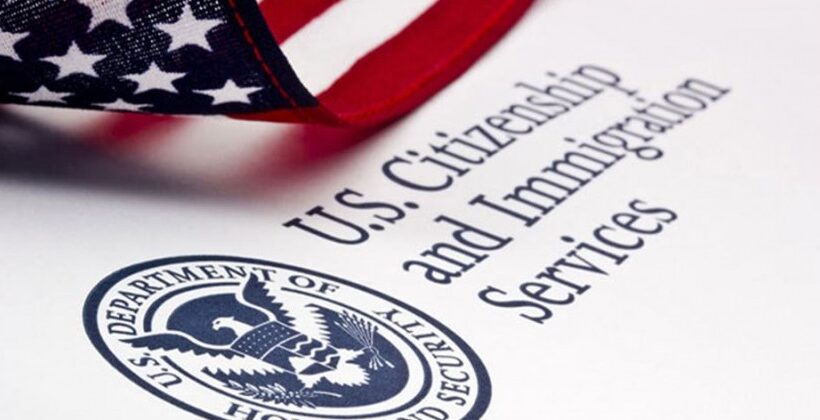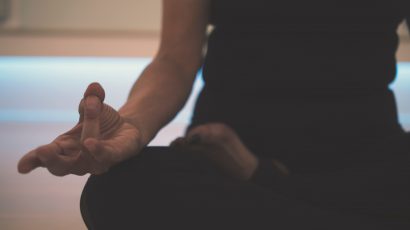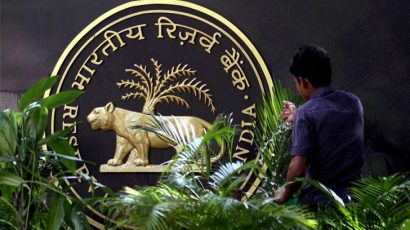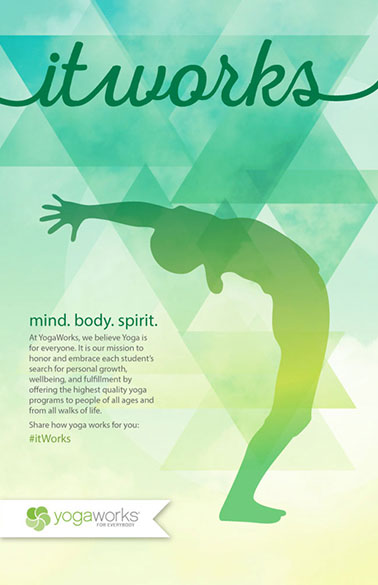H-1B visa rule: Advantage for Companies in Court Hearing

With the court hearing on new H-1B visa rules progressing, it is reported that the businesses which challenged the rule have an edge over the Department of Homeland Security (DHS) and the Department of Labor (DOL) that proposed the rules.
The DOL rule took effect on October 8, 2020, and the DHS rule is effective December 7, 2020, unless blocked.
According to Forbes, Paul Hughes of McDermott Will & Emery, the lead counsel for plaintiffs in the Chamber lawsuit, has vehemently opposed the act of the Trump Administration, which bypassed the Administrative Procedure Act (APA) –which requires federal agencies to provide notice and the opportunity to comment before a regulation goes into effect– before publishing the DHS and DOL H-1B rules’ “interim final” claiming “good cause” to do so.
“We think this is an overt attempt to destroy the H-1B program,” said Hughes and several company executives and university leaders who provided declarations to that effect.
Many of Amazon’s most tenured employees, including data scientists and software engineers, would have to leave the United States, reports said. Hughes also cited the reliance issue for the University of Utah and it’s 350 H-1B visa holders, five hospitals and 12 clinics. The university’s attorney said the DHS rule would cause “substantial irreparable harm.”
The Trump Administration had announced H-1B rules and allowed the regulations come into force before permitting the public to comment.
This is a central dispute between businesses and universities and the Trump Administration in the U.S Chamber of Commerce et al. v. DHS et al. – whether the economic situation created by the coronavirus pandemic provides DHS and DOL with a “good cause” exception for its actions, the Forbes reported.
During the court hearing, held via Zoom, the Trump Administration could not offer strong responses to arguments plaintiffs put forward in their reply brief or in court. Below are the arguments central to the case.
Paul Hughes argued that the DHS and DOL rules failed to connect the H-1B visa category to the coronavirus-related economic problems. He cited National Foundation for American Policy (NFAP) analysis of Bureau of Labor Statistics data that read: “The U.S. unemployment rate for individuals in computer occupations stood at 3.5% in September 2020, not changed significantly from the 3% unemployment rate in January 2020 (before the pandemic spread in the U.S.).” Hughes also argued that there were over 655,000 active job vacancy postings advertised online in computer occupations in the United States as of October 2, 2020.
However, the Trump Administration’s attorney could not make any significant arguments that counter the lack of connection between H-1B visas and coronavirus-related unemployment, the report said.
DHS and DOL had waited more than 6 months to issue rules after the national unemployment rate reached its height in April 2020. “Courts routinely reject claims of good cause when an agency delays promulgating a rule in the face of an emergency and then claims that that very emergency leaves no time for notice and comment – just as the agencies have done here,” the plaintiffs argued in a reply brief. (The plaintiffs cited Air Transp. Ass’n of Am. v. DOT.). However, The Trump administration also failed to defend the plaintiff’s arguments in this regard.
Hughes also argued that Ken Cuccinelli, Acting Director of the United States Citizenship and Immigration Service, has said that up to 200,000 H-1B professionals could lose their jobs under the rule.
It was in October that the Trump Administration passed the new H-1b laws which raise H-1B wage requirements by 40% or more. According to the U.S. Chamber of Commerce the move would cost employers $198 billion over 10 years. They also argue that the rule is potentially one of the most expensive regulations enforced on businesses in modern U.S. history.















